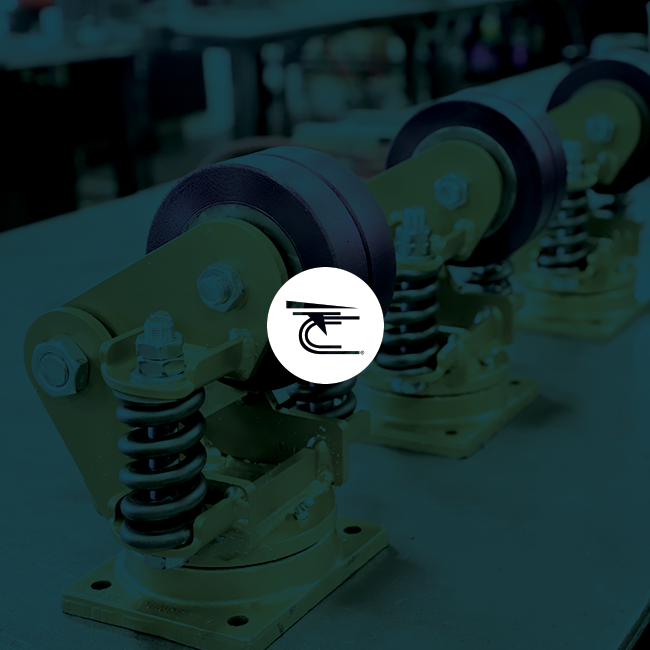

Forklifts represent some of the most common equipment found in many different industries, so it comes as no surprise that maintenance is an ongoing concern. Fortunately, if you want to save money on forklift maintenance, all while providing better operation, maintenance-free casters are a fantastic option.
Most machinery in factories, warehouses, manufacturing facilities, and other industries requires maintenance from time to time. However, by simplifying that maintenance – or even eliminating it wherever possible – you can save your company time and money in the long run. Maintenance can be expensive, especially if you hire an outside company to take care of it on a schedule. What’s more, it slows down production and makes your workplace incredibly inefficient. By switching to a maintenance-free caster, you can eliminate some of that maintenance, save money, and increase your productivity.
With casters that need to be maintained regularly, failing to do so can be disastrous. Improperly-maintained casters present several risks in the workplace. For example, when bearings are not properly greased, wheels cannot turn and swivel as they should, which could result in overexertion injuries. If weakened casters are not tightened or replaced as needed, it could result in a complete failure, resulting in equipment or load damage and even serious injury.
Maintenance-free casters have a number of unique features.
Maintenance-free casters come in a variety of different sizes and styles. They range from medium-light duty to heavy-duty and can support between 750 to 5000 pounds per caster. They come in various heights, diameters, top plate sizes, and widths to suit all of your unique needs, and if you cannot find a product in just the right size, it is possible to have casters custom-made for your application.
Maintenance-free casters do much more than simply eliminate the need for common upkeep. They can help boost ergonomics in the workplace, reduce employee injuries, increase overall workplace productivity, and create a better working environment. All of these things can lead to increased revenue with fewer overhead costs.